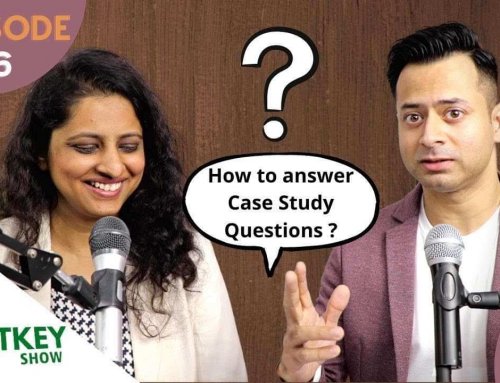First, if you can find prior art that is too close to what you want to do then you save time, money and energy, provided of course you move on and not try and pound that round peg into a square hole. Patent searches are also critical because they will give you a lot of ideas if you actually read the patents and not just the title and abstract and check out the pictures.
About patent search 101
1. Free Patents Online is also normally much faster than the USPTO site as well. Having said that, I sometimes find the patent search engine of the Patent Office better. Nevertheless, when I use the USPTO patent search engine. Go to Free Patents Online for the PDFs and to access related patents, which is much easier because everything at Free Patents Online is hyperlinked. So once you find a handful of relevant patents definitely go to FPO so you can easily jump back and forth and look at the patents that are cited in each relevant patent you find.
2. Google also offers Google Patent Search, which is lightening fast (unlike the USPTO online database) even compared with Free Patents Online. The reason I don’t suggest this search tool first is because the Google Patent Search engine has some serious limitations. The number of fields that can be searched pales in comparison to the USPTO or Free Patents Online. Thus, if you are going to use Google Patent Search it is probably best used initially because when you start a search you want to cast a very wide net, so the limitations of the field search are probably not as important initially.
3. When using the USPTO search features, either at the USPTO website or on Free Patents Online, one trick to improve search quality is to start by using the Advanced Search Page and searching in the specification field.
Take a look at US Patent No. 7,627,908
Picked this because it is a fairly easy invention to comprehend and is really technology neutral, which makes it a good teaching tool. Visit Public PAIR and navigate through to the ‘908 patent and then click on “Image File Wrapper.”
Look at all the information that is publicly available through Public PAIR. Let’s start with my favorite, the Non-Final Rejection. In truth, any rejection that you can find is a source of great information. When you find a rejection issued in a patent or patent application that is closely related in terms of structure or concept you will learn what the prior art is that the patent examiner thought relevant enough to use against the application. If you iteratively go through this process, looking up the references cited by the patent examiner, you can typically start to see patterns develop, with certain references being used with at least some frequency in similar patent applications.
The next best thing, in my opinion, is stumbling across something characterized as “search information including classification. Definitely open this file. What you will find is a document titled “search notes.”
Search information including classification
You can also typically find a list of references cited by the examiner, which will give you a list of patent references that you should take a look at. You might be able to dismiss them relatively quickly, and these lists are not as helpful sometimes as the prior art actually used.
But sometimes helpful, is an Information Disclosure Statement or an IDS. In fact, there can be many Information Disclosure Statements filed during the life of a patent application. This is the patent applicant telling the patent examiner of prior art they know about and believe to be material to one extent or another. Again, not likely as helpful as a Non-Final Rejection or Final Rejection, but worth looking at if you find it in the Image File Wrapper.
Conclusion
The patent process can be an expensive process. You absolutely want to find whatever prior art you can on your own early in the process. By finding prior art on your own you save money and might save yourself a good deal of time by not pursuing a path that seems fruitless. As things progress you should have a professional patent search done with a patent attorney or patent agent giving you at least an opinion on patentability, and hopefully a detailed assessment explaining the likelihood of obtaining a patent and what can realistically be expected to be achieved.







